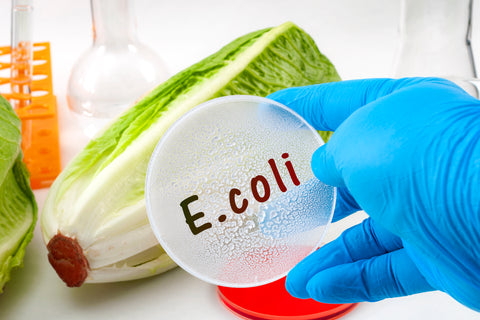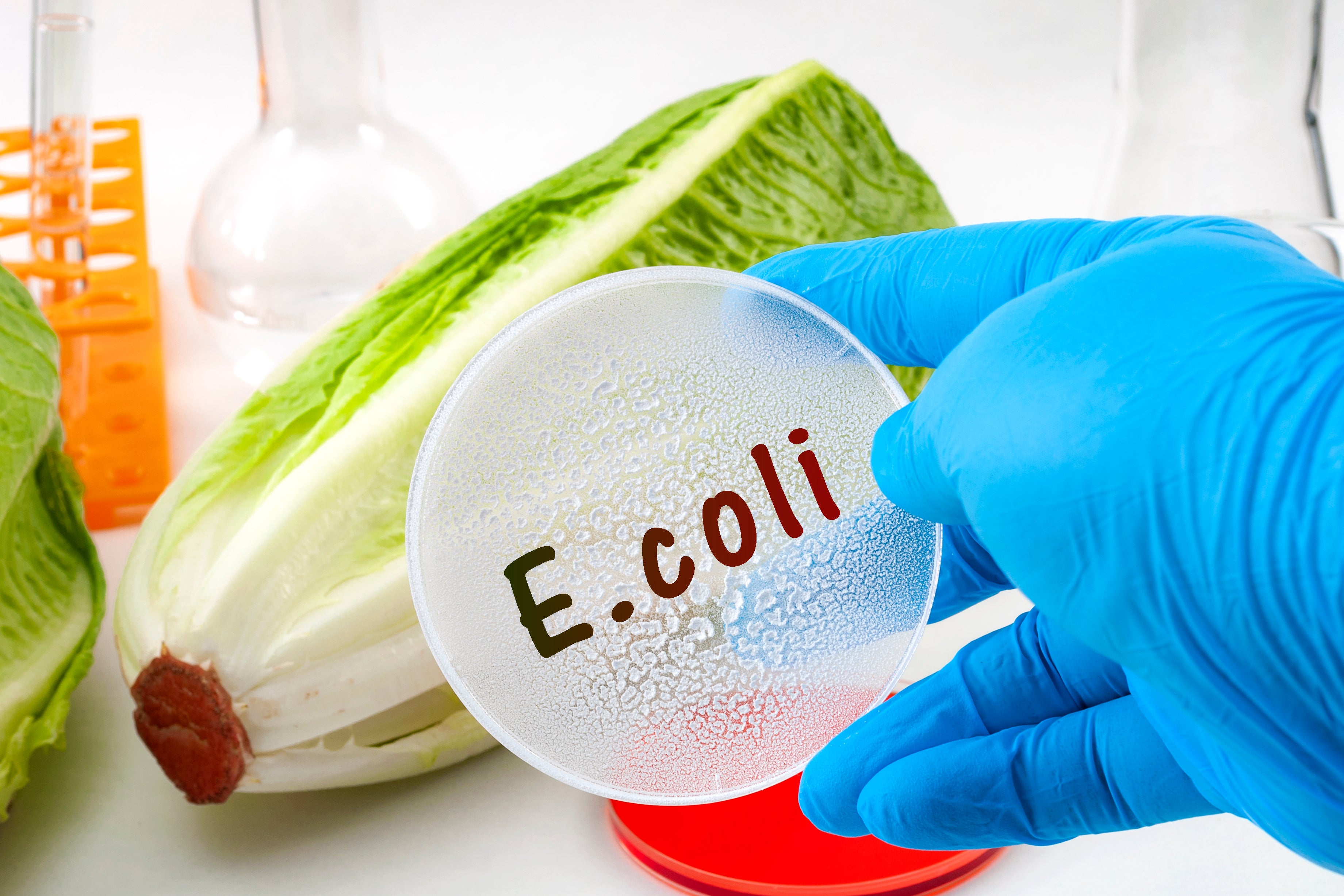
Did you know that nearly 90 percent of all Americans get their water from municipal water systems that meet all health-based standards? This is good news for those who get their drinking water because public water systems are required to notify you if, for any reason, your drinking water is not safe. But what about that other 10 percent of Americans? And what about those who get their water from municipal sources but are warned against possible E. coli outbreaks?
To begin, fecal coliform and E. coli are bacteria whose presence in the water indicates that the water may be contaminated with human or animal wastes. These disease-causing pathogens can cause diarrhea, cramps, nausea, headaches, or other symptoms if they are ingested either through the water itself or through foods that have become contaminated. These dangerous microbes pose a special health risk for infants, young children, and people with severely compromised immune systems. They can, at times, lead to death.
If you suspect that your drinking water (and water that is used in the preparation of food) is contaminated with E. coli, the EPA suggests that you boil the water for at least one full minute. If you live at a higher altitude, you should boil the water longer. Boiling water will destroy the microbes and is one of the most effective ways of disinfecting suspect water.
For those who get their drinking water from private wells, which can easily become contaminated, installing a good-quality point of entry disinfection system is the best option. These devices use a variety of means to disinfect the water before it reaches the tap. Chlorine, ozone and ultraviolet light are all options for these types of disinfection units.
In an emergency situation, you can add a few drops of non-scented bleach to a gallon of water and this, too, will kill off the harmful bacteria. The treated water should have a slight taste of chlorine to it as an indication that you have used enough bleach to destroy the microorganisms. This is known as free chlorine and indicates that enough chemical was used to kill the bacteria, leaving a little bit leftover.
Outbreaks of E. coli still happen. You only have to read the news to know this is true. People are still becoming sick, and some are dying, because of this dangerous microbe. But you can protect yourself and your family by following the above advice as well as installing quality water filters in your home or office.


Share:
In-Line Refrigerator Water Filters
Cryptosporidium – What it Can Mean to You